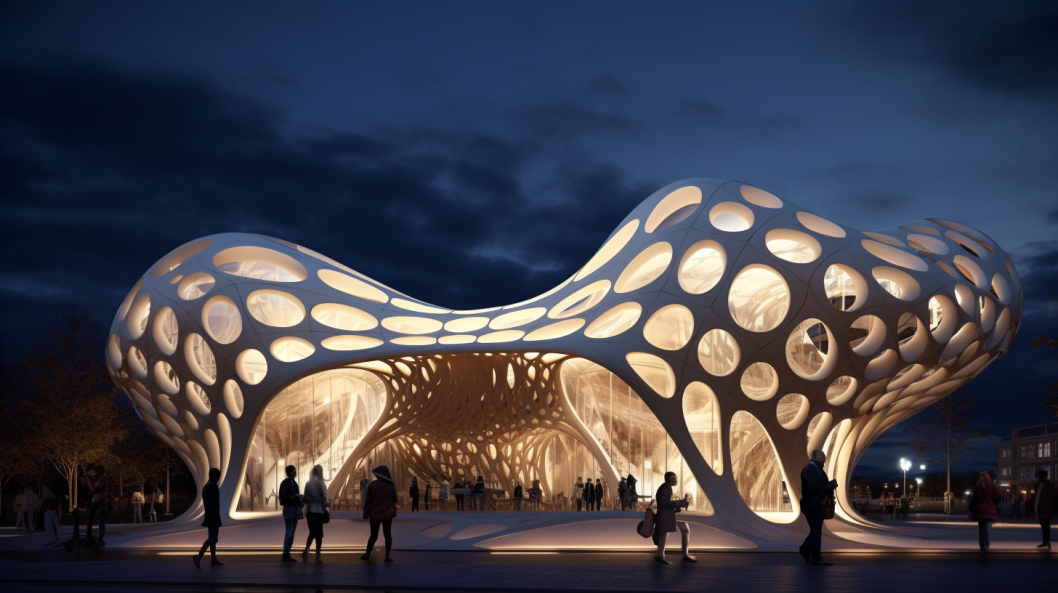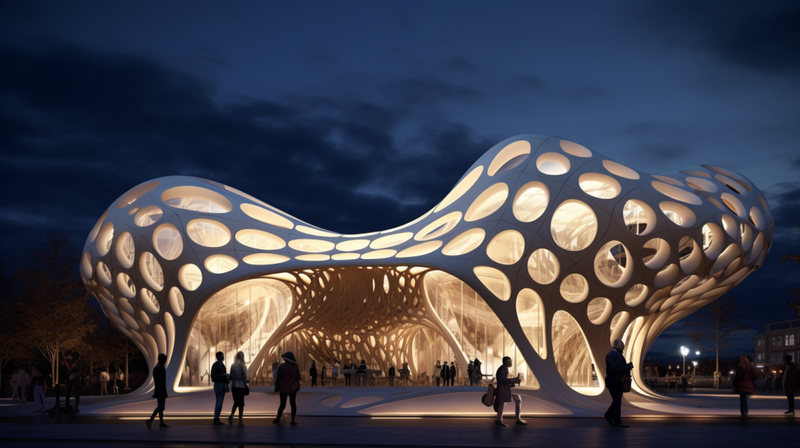In the echo chambers of architecture, the word "innovation" often resonates with a transcendent quality, illuminating pathways for the creation and re-creation of spatial forms. As we breach the boundary into a realm where technology amalgamates with art, parametric strategies have emerged, offering a groundbreaking method of realizing architectural feats that are not only functional and sustainable but also visually enthralling.
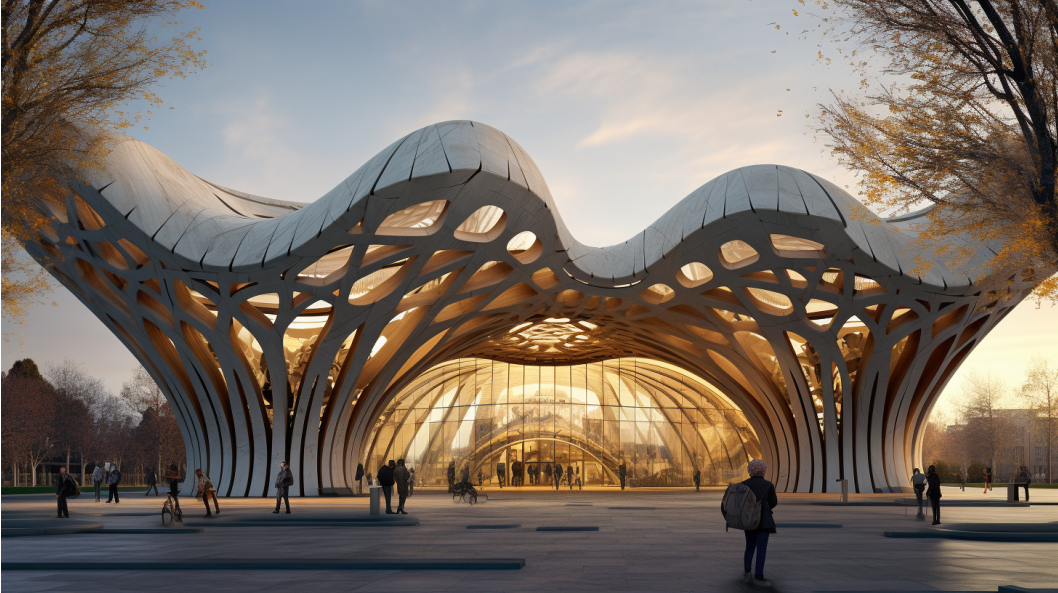
Parametricism: A Digital Quill
Parametric design, or parametricism, hinges on the principle of defining, altering, and enhancing design through algorithms and data. The parameters, or constraints, govern the relationship between design elements, allowing architects to manipulate and explore numerous design iterations through computational means. By altering parameters, architects are no longer bound by the linear progression of design development. Instead, they can explore a myriad of forms, structures, and interactions that perhaps would be inconceivable through conventional design methods.
Alleviating Design Complexities
Parametric strategies facilitate architects in addressing complex spatial issues, optimizing resource use, and enhancing aesthetic appeal through geometrical and mathematical logic. The fusion of technology with architecture assists in shaping spaces that respond dynamically to environmental, social, and economic needs. For instance, a parametrically designed façade can optimize daylighting, manage heat gain, and thereby enhance energy efficiency, while simultaneously bestowing an aesthetic unique to its form.
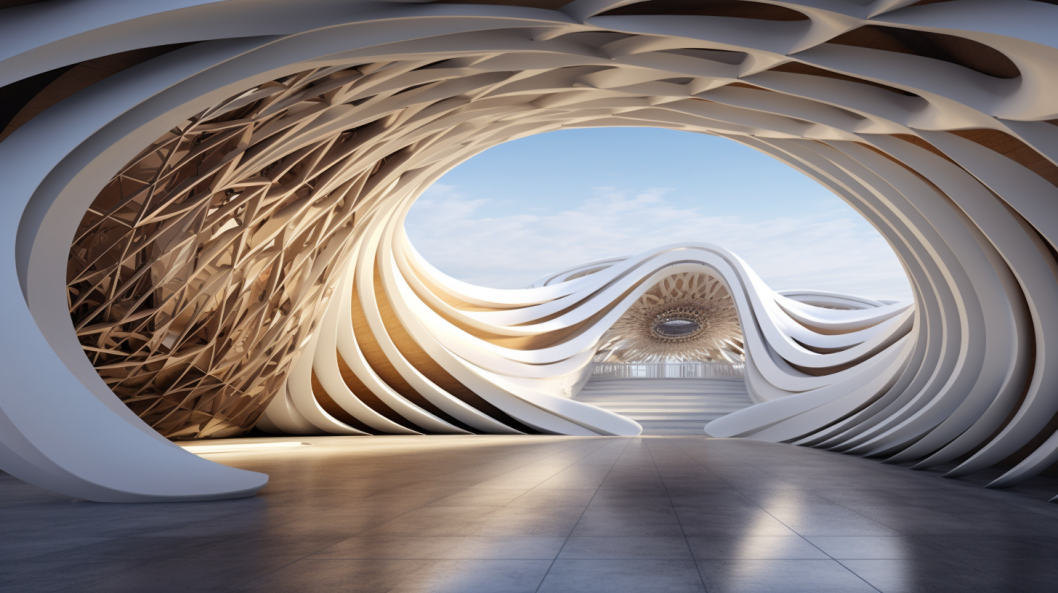
Breeding Sustainable and Adaptive Designs
Moreover, sustainability, once perceived as a limiting factor, is now synergizing with aesthetic exploration through parametric design. Architects can meticulously calculate and optimize material utilization, minimize waste, and, most crucially, ensure that the building offers adaptive environments that interact and evolve with changing contexts and climatic conditions. By manipulating parameters to gauge the environmental performance of numerous design iterations, architects can ensure that the resultant form is not merely an aesthetic statement but also a testament to sustainable practice.
Case Studies: Exploring Boundaries of Form and Functionality
The epitome of merging technicality with art through parametric design can be seen in projects like the Beijing National Stadium, colloquially known as the "Bird’s Nest". This colossal structure resonates with intricacy, durability, and symbolism, representing a marriage between cultural significance and avant-garde design. Another notable mention is the dynamic and fluid form of the Heydar Aliyev Center in Azerbaijan, designed by Zaha Hadid Architects, which challenges traditional notions of architectural geometry and spatial perception.
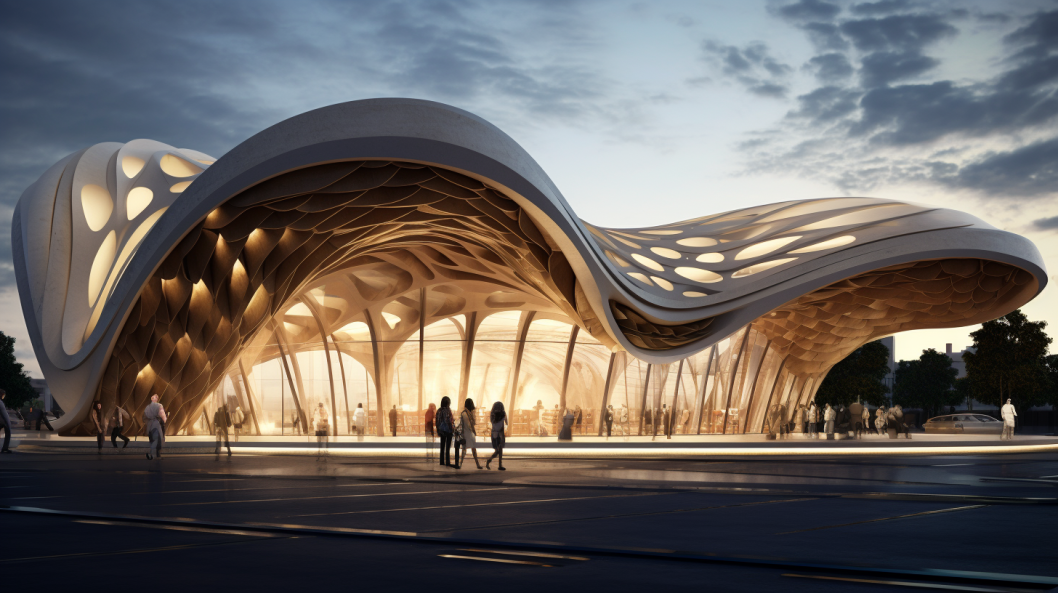
The Sociocultural Impact of Parametric Architecture
Embarking on a sociocultural discourse, parametric architecture also subtly reshapes the interaction between space and inhabitants. It offers a palette for creating spaces that resonate with cultural, social, and environmental aspects, offering a unique spatial experience. With parameters that can be modulated to mirror local contexts and cultural narratives, architecture ceases to be a mere physical entity and transforms into a dynamic emblem reflecting collective identities and aspirations.
Challenges Ahead: Ethical and Practical Dilemmas
Despite its promise, parametric design is not devoid of challenges. The steep learning curve, dependency on technology, and potential disconnect from traditional, hands-on design practices are aspects warranting critical discussion. Furthermore, there are valid concerns regarding equitable access to these technologies across the global architectural community, potentially leading to a dichotomy between technologically advanced and traditional practices.
Future Trajectories in Architectural Design
Parametric design unfolds a spectrum of possibilities, promising an evolutionary leap in architectural design. As we unravel its profound impacts and future potentials, it becomes pivotal to amalgamate this technological prowess with ethical practice, ensuring that the advances in parametric strategies serve not just as an aesthetic and functional marvel but also as a medium that bridges the traditional and the contemporary, the global and the local, into a coherent narrative of spatial design. The future awaits an era where parametric design evolves to become an inclusive tool that architects worldwide can leverage to sculpt the future skylines, ensuring sustainability, functionality, and aesthetic excellence.
